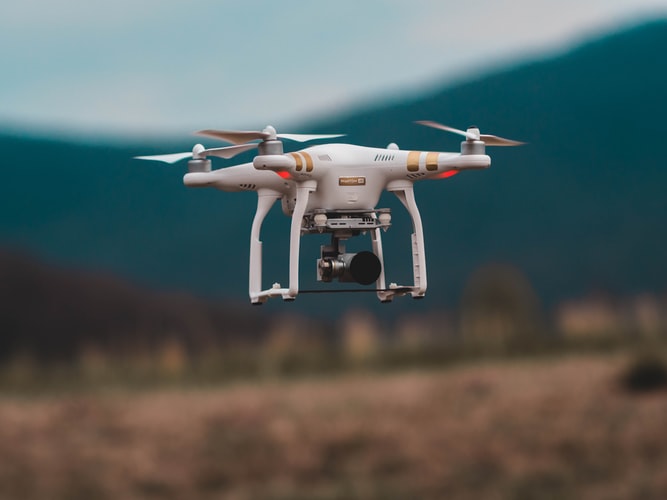Telecom & Technology Consulting

I remember when I first saw a drone hovering in the sky above my house. What I initially thought was a small alien craft spying on me turned out to be my neighbor simply having some fun with his new toy.
This was 10 years ago, when drones were a novelty. But now these unmanned aerial vehicles are commonplace. Drones are used for military operations, farming, oil and gas exploration, filmmaking, construction, disaster relief, and other tasks. They’ve made the impossible a reality, and the difficult easier and cheaper.
And just like with any new technology, we’re now seeing inventive applications of drones. Specifically, drones are playing a role in the mobile Internet of Things (IoT) space. It’s easy to see the benefits of doing so: Drones can extend mobile IoT endpoints, enabling networks to reach farther than their physical limitations. As such, enterprises can get more from mobile IoT capabilities.
Drones allow enterprises to explore locations that were previously inaccessible, or too dangerous to explore with their personnel. But now, drones can gather data and relay it back to the cloud. They can also be used to inspect IoT endpoints, checking on the physical condition of tower-based sensors and other IoT-connected gear. With these space-age crafts, enterprises cannot only easily monitor their equipment, they can do so in a convenient and cost-effective manner. Just send out the drone, at any time, and wait for the data to come through.
This extension of mobile IoT capabilities is one reason why the commercial drone industry keeps growing. According to Gartner, in 2020, sales of IoT-enabled drones increased by 50% from 2019. Most of that spending comes from the construction, fire monitoring, insurance and police sectors. But other industries are pioneering the use of drones to gather data as well.
For example, some energy companies are now performing inspections with drones, using them to complement their current IoT infrastructures. This is powerful, as drones can easily fly over and visually scan powerlines, wind turbines, and other generation and transmission gear. Not so long ago, these types of tasks would have to be performed by employees, which would be costly, time-consuming and dangerous. In some cases, these tasks would be impossible to perform.
Agribusiness is another industry that is benefitting from IoT-enabled drones. For some time farms have counted on IoT-connected sensors to gauge watering, soil quality and other key metrics, but they’ve recently enhanced their operations with sensoring equipment that connects to drones. This way, farms can collect more granular data via infrared photography and other aerial imagery.
As we can see, drones can handle a seemingly endless variety of tasks. And in doing so, when connected to an enterprise’s IoT infrastructure, they can provide just about any type of data. This is because all drones include navigational and communications devices such as GPS and Wi-Fi or LTE radios to transmit data. They can include cameras to capture both photographs and video. Certain drones include heat or moisture sensing gear. Perhaps most importantly, data can now be processed in real time, making drones as effective as other data-gathering device attached to an IoT network.
Despite the obvious benefits of drones, some wonder if the price is justified. Indeed, drones aren’t cheap, and the ultimate cost depends on its application. But as with other emerging technologies that inch their way toward the mainstream, costs drop incrementally over time. And the reality is that in order to compete, all enterprises must continually gather more precise data as quickly as possible. IoT-connected drones make that happen.